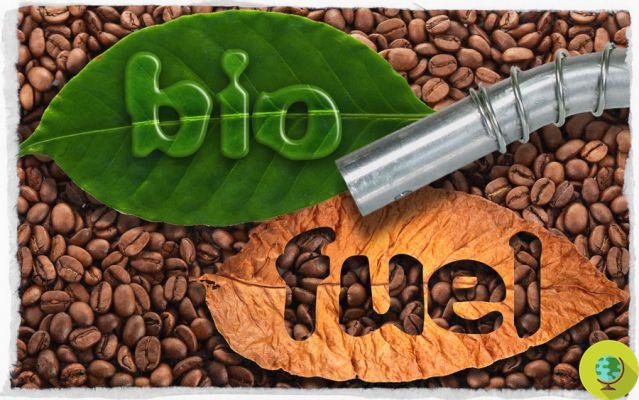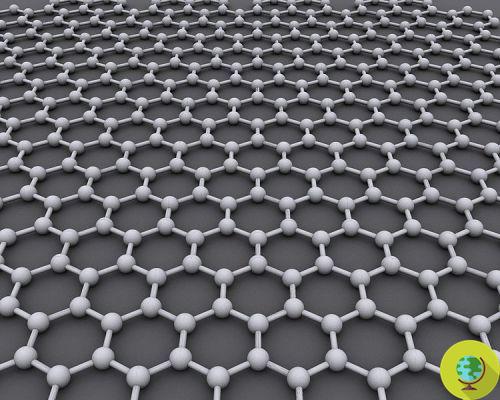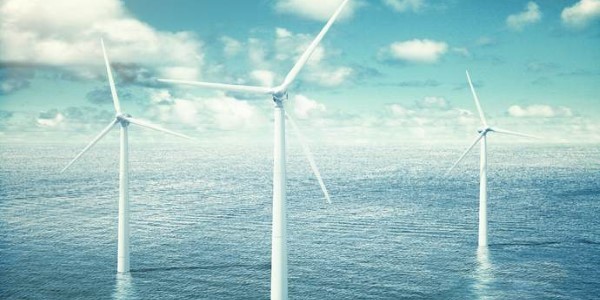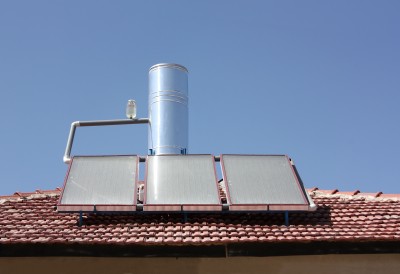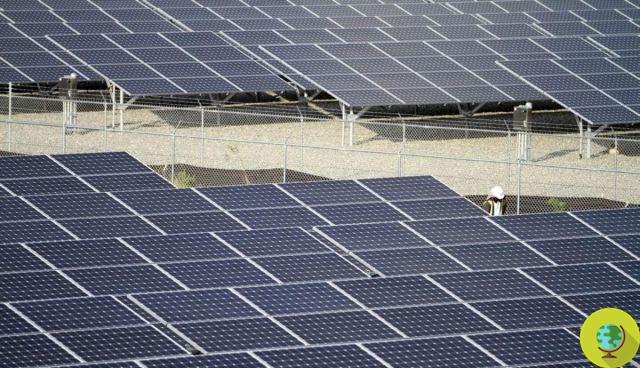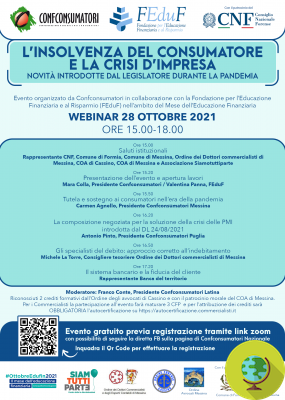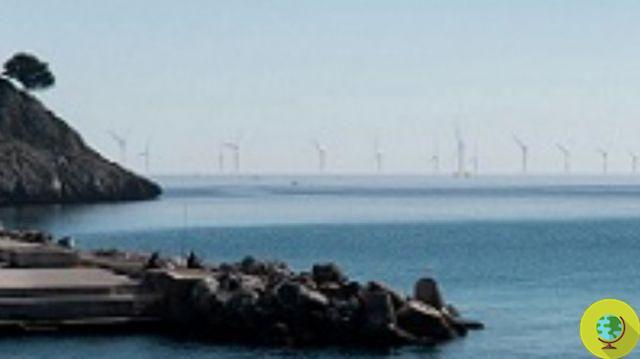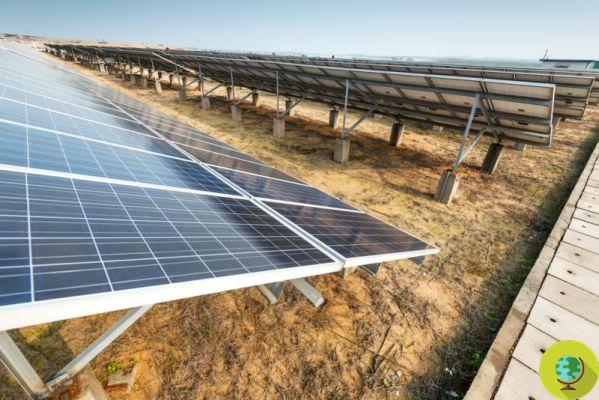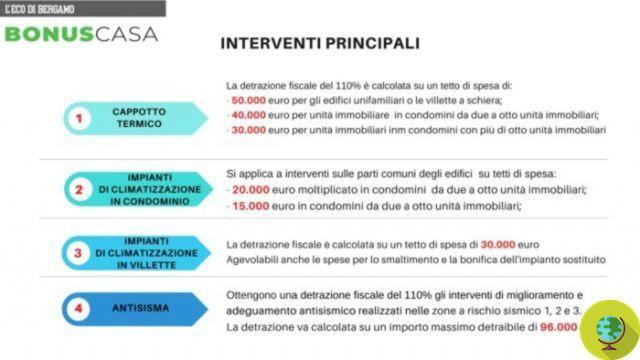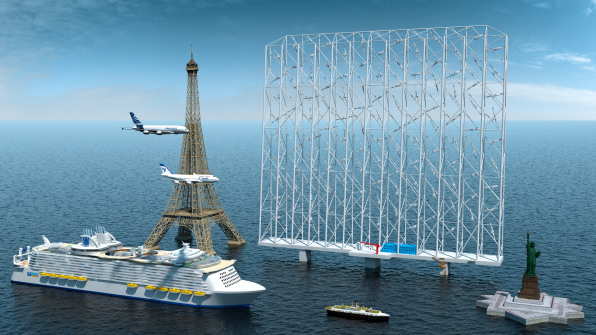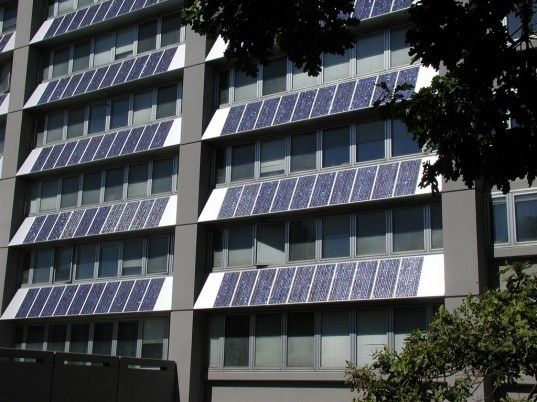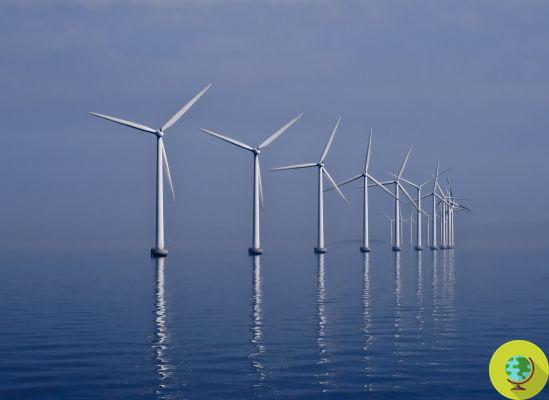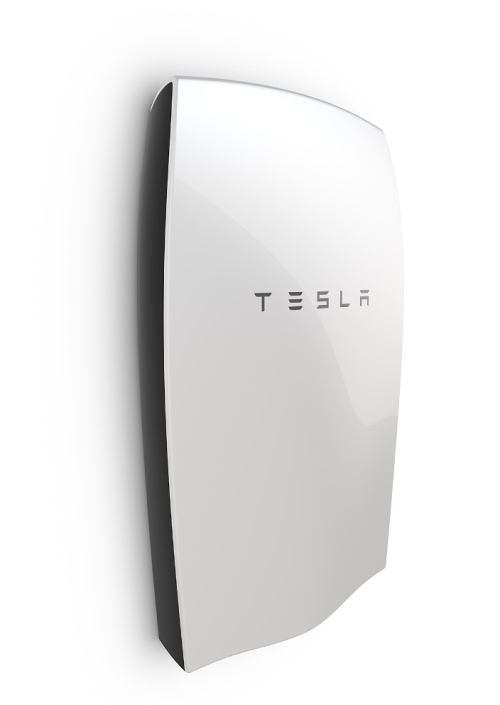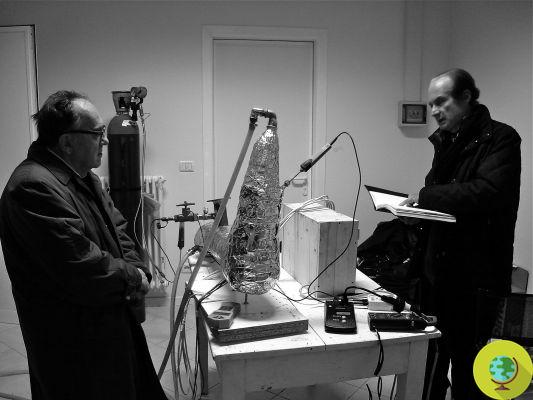For the next space missions, NASA will produce energy from reticular confinement nuclear fusion
He is about to end up run over, his mother saves himFor the next space missions, NASA will produce energy from reticular confinement nuclear fusion. Scientists published the important scientific discovery last April and then announced how this could hold the key to deep space exploration.
Energy is needed for space, a lot and at the lowest possible cost, and this is increasingly true the more ambitious the missions are. It is also important, of course, that the method for producing it is safe and low-polluting.
La nuclear fusion, which occurs when two atomic nuclei join together to form another, is a great candidate because it releases enormous amounts of energy, does not trigger chain reactions or generate persistent radioactive waste in the environment.
Much research over the years has focused attention on this process which however, until now, has always required a large amount of energy to be triggered, making the output gain laughable if not zero.
Now NASA confirms one low cost possibility, or "forcing" the nuclei to merge by exploiting the so-called "reticular confinement". In particular, deuterium is used as fuel, a type of non-radioactive hydrogen (technically 'isotope') widely available, composed of a proton, a neutron and an electron, confined in the space between the atoms of a metallic solid, typically structured at level molecular in precise geometric shapes (lattice).
The assembly of the largest nuclear fusion reactor in the world designed by Enea is underway in France
This appears to be a much better solution than the previous ones, including inertial confinement, in which fuel is compressed to extremely high levels but only for a short period of time of nanoseconds, when fusion can occur, and magnetic confinement, where the fuel is heated in a plasma to temperatures much higher than those in the center of the Sun.
The reticular confinement has the enormous advantage of allowing fusion starting from room temperature: while the lattice (for example of the chemical element erbium) is loaded with deuterium, a condition is created whereby the individual atoms reach energies sufficient to trigger the fusion without having to raise the temperature at the beginning, which would involve an initial expenditure and therefore would reduce the gain.
Il mechanism is illustrated in the image and involves some basic steps:
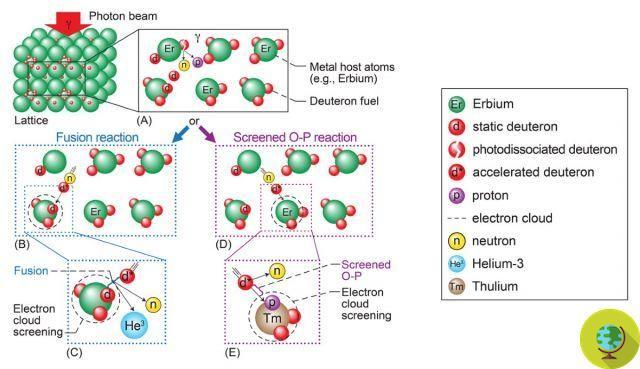
©Nasa Glenn Research Center
- The metal lattice is loaded with deuterium
- A highly energetic X-ray beam induces the dissociation of some deuterium atoms, generating protons and neutrons in loco
- The neutrons produced "accelerate" the approach of the remaining deuterium, pushing them to fusion (all favored by the many electrons "around" that shield the positive charges, the protons, generated by the process)
Other reactions can then occur such as the formation of a nucleus of thulium from one of erbium that has "captured" a proton derived from the dissociation of a deuterium, or the formation of a different isotope of erbium if it captures a neutron instead of a proton.
All this, however, does not imply the dangers of nuclear fission where a nucleus is literally bombarded with neutrons that cause its destruction with the production of energy. In fusion, neutrons accelerate the fusion of nuclei, not their splitting.
It's a relatively basic research, but it's still a huge breakthrough for science.
"The current findings open a new avenue to initiate further studies on nuclear fusion within the scientific community - comments Bruce Steinetz, who led the study - However, reaction rates must be substantially increased to reach appreciable power levels. , which could be achieved using various methods of "multiplication ”of the reactions under examination".
According to NASA, future applications could include power systems for long-lasting space exploration missions or for propulsion in space. But this method could also be used on Earth to produce electricity in a green way or for nuclear medicine, which uses traceable isotopes in diagnostic imaging.
The research was the subject of two articles published in Physical Review C.
Sources of reference: Nasa / Nasa / Youtube / Physical Review C 044609 / Physical Review C 044610
Read also:
- Nuclear fusion: will it solve the world's energy and pollution problems?
- Nuclear fusion: successful experiment in US laboratories





